PDF chapter test TRY NOW
Effect of an oxidation reaction in real life.
Corrosion:
Corrosion is the progressive destruction of metals by the action of air, moisture or chemicals (such as an acid) on their surface is called corrosion. It is a natural process that turns metal into metal oxide, hydroxide or sulphide to lose its metallic characteristics.
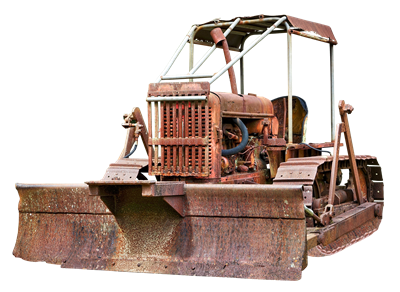
Corroded vehicle
Corrosion mainly refers to any process involving the deterioration or degradation of metal parts. The best-known case is that of the rusting of steel.
You have probably observed that iron items are shiny when new but get coated with a reddish-brown powder when left out for some time. This process is generally referred to as rusting of iron. Some other metals also get tarnished in this way. Have you ever observed the colour of the coating formed on copper and silver metals?. When substances come in contact with their environment, such as acids, moisture, etc., they are said to be rusted, and this process is known as corrosion. Corrosion can also be seen in the black coating on silver and the green coating on copper.
Corrosion induces damage to car bodies, bridges, iron railings, ships, and all objects made of metals, especially the one made up of iron. Every year, a significant sum of money is spent on replacing rusted iron.
The following factors influence corrosion.
- Reactivity of metals
- Presence of moisture and atmospheric gases like CO_2, SO_2 etc.
- Presence of impurities
- Strains in the metal
- Presence of electrolyte
Based on the factors, corrosion is classified into two types. These are
- Dry corrosion or Chemical corrosion
- Wet corrosion or Electrochemical corrosion
Dry corrosion is the corrosive action that occurs in the absence of moisture. Corrosive liquids or gases such as O_2, N_2, SO_2, H_2S, etc, are the chemicals that attacks the metals. It occurs at high temperatures. Oxygen is the most reactive gas to impart the chemical attack of all the gases mentioned above.
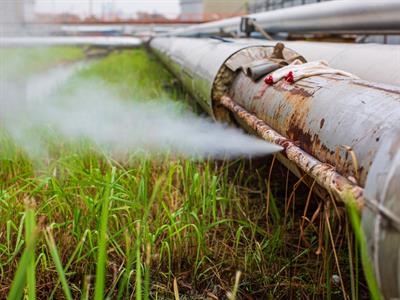
Chemical (pipe) corrosion
Wet corrosion is the corrosive action in the presence of moisture. It occurs due to the electrochemical reaction of metal with water or an aqueous solution of salt or acids or bases.
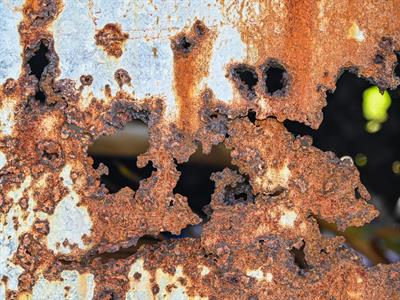
Wet corrosion in iron sheet
Corrosion prevention methods:
(i). To reduce corrosion, protective coatings are used to prevent the direct contact of moisture and oxygen with the metal. This method is called galvanizing (coating of zinc metal on the iron surface).
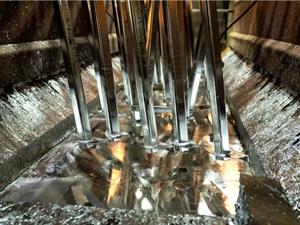
Industrial galvanizing process
(ii). Another method to protect iron and other metals from oxidation is to coat them with a corrosion-resistant metal, such as chromium, platinum or gold. This method of coating one metal with other by electrolysis is called electroplating.
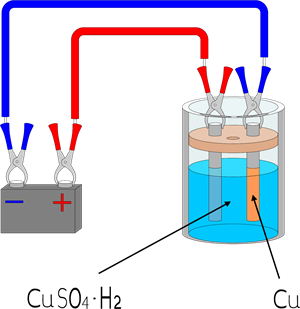
Copper electroplating
